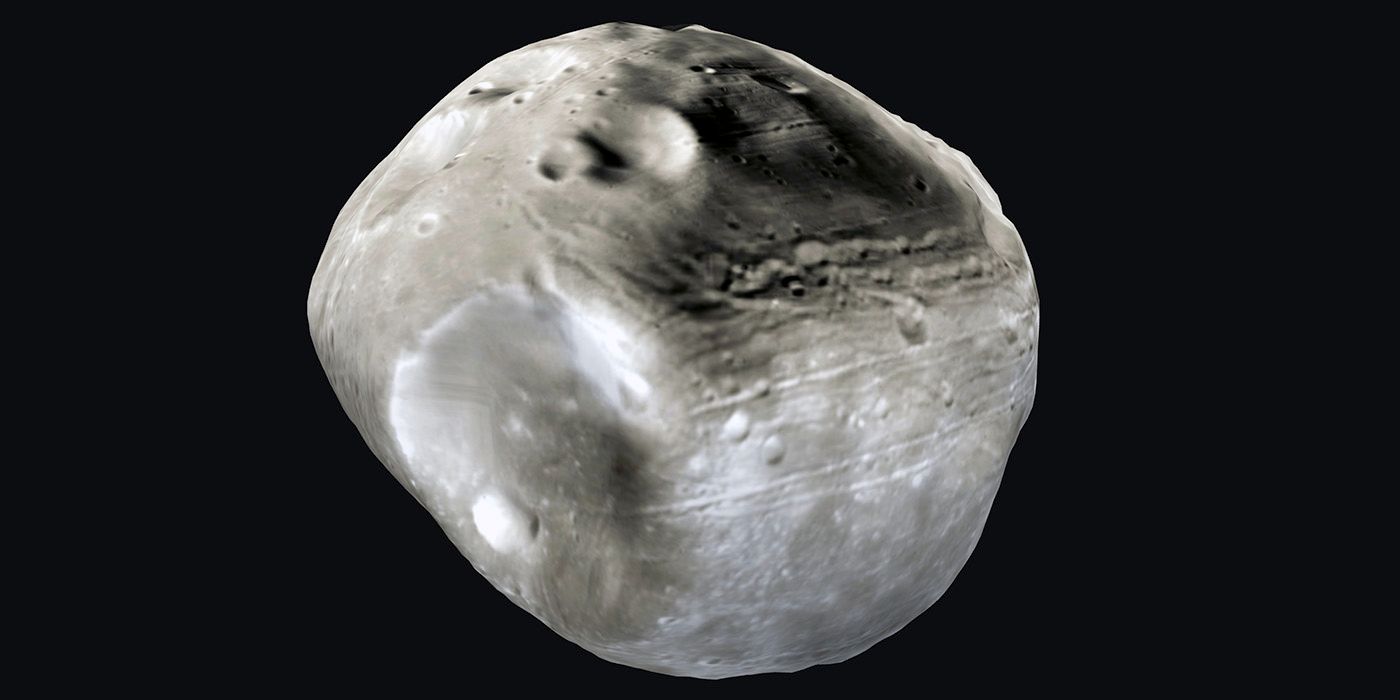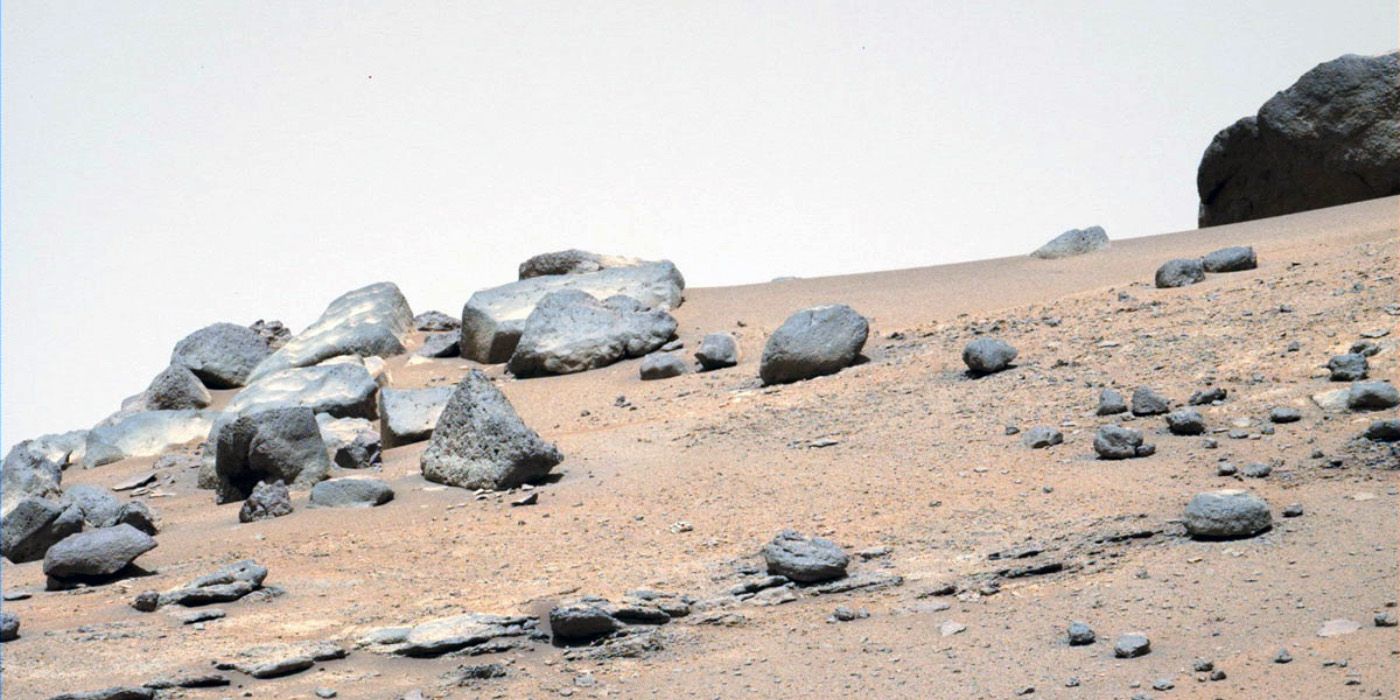Japan is outpacing NASA and China's Mars missions as it pushes forward with its MMX mission that will reach the moons of Mars, take samples, and return them to Earth by 2029. JAXA, Japan’s space agency is also innovating in rocket technology with the H3 and S-520 rockets. Mars' two moons, Phobos and Deimos, are very irregular in shape and their full-sized craters speak of intense meteorite impact. Compared to our Moon, which has a diameter of 2159 miles, Phobos and Deimos are 13.8 miles and 7.8 miles in diameter, respectively, and are very small targets.
The size, surface, and environment of the Martian moons are very similar to an asteroid, and JAXA is experienced in asteroid missions. In 2020 the Hayabusa 2 concluded a 6-year mission reaching asteroid Ryugu, 95,400 km from Earth in an orbit between our planet and Mars. The Hayabusa 2 probe was the second successful asteroid landing and sample return mission for Japan.
Unlike NASA which still has only a vague idea of how it will bring back the Perseverance samples, the JAXA Mars Moon Exploration MMX mission has a built-in solution for returning the samples from Phobos. MMX is on schedule to launch in 2024. The spacecraft has three modules: a propulsion module, an exploration module, and a return module. MMX will journey for about a year before it reaches Mars. It will then orbit the planet, executing flyby observations of its moons and eventually land on Phobos, collect samples and return to Earth by 2029. The mission will use H3 rockets which are currently under development in Japan.
New Rockets And Answering Mars Questions
The new H3 next-generation Japanese rockets are all about increasing flexibility, reliability, and dramatically lowering costs. The rocket can be configured with up to four solid rocket boosters. The H3 rocket replaces the H-IIA and H-IIB rockets used extensively in a variety of space missions. Lowering costs in rocket technology has become a priority and increased private companies' participation in the rocket sector with many unsuccessful attempts. Additionally, Japan recently successfully tested a new radical rocket technology known as the S-520 series. The S-520 series rocket is even less expensive, runs on a mixture of gases, is reusable, can be assembled in a week, and can be operated with a single laptop instead of a full control room. JAXA’s rocket and space exploration programs continue to grow in strength, with Japan having participated in ISS, partnering with NASA, and other international space agencies.
There are only theories about how the moons of Mars came to be. One of the most dominant theories is they are asteroids caught up by Mars’ gravity. Others have proposed that they are the result of a massive impact on Mars, or that the two small moons once were one moon that was shattered by a cosmic impact. JAXA believes that by solving the mystery of the moons of Mars they can better understand the Red Planet’s environment and history. “Understanding the origin and evolution of the planets that leads to the start of life is one of today’s key scientific goals,” JAXA explains. Many believe that Mars once had a surface environment similar to Earth with the potential for life. Mars is one of the most important exploration targets today and understanding its moons is a unique and different approach to answer questions about what happened on Mars.
Source: JAXA


